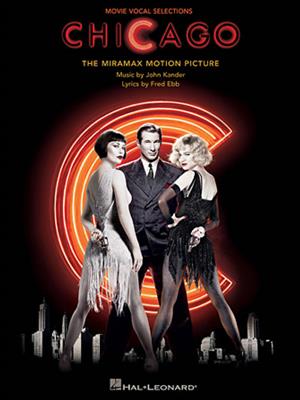Results
-
 £149.40
£149.40Stilig - George Keller
"Stilig" ("Take It Easy") is one of the most popular songs by the Norwegian artist and songwriter Trond-Viggo Torgersen. It was released for the first time in 1981 as a part of the LP-release "Det by'ner" n!", an album which also includes another Trond-Viggo hit "Tenke sjl" ("Make Your Mind Up").This arrangement will work perfectly both on stage and for marching purpose. The parts are printed in A4 Landscape-format which make the publication suitable also for parade.
Estimated dispatch 7-14 working days
-
 £82.50
£82.50Echoes from the Battlefield - Darren W. Jenkins
Echoes from the Battlefield was written to mark the 100th anniversary of World War I. It presents four popular songs from that era. It opens with the well-known Over There, which is followed by Its a Long Way from Tipperary. The warm and moving Keep the Home Fires Burning then follows before closing with the jaunty and morale-boosting Pack Up Your Troubles in an Old Kit Bag.
Estimated dispatch 7-14 working days
-
 £137.99
£137.99Sounds from the 60's - Danny Hamilton
Naohiro Iwai has here combined three of the most popular songs of the 1960's: Surfin' USA (performed by the Beach Boys), Hey Paula (performd by the Pop Duet Paul and Paula) and the instrumental music Diamond Head, by Danny Hamilton, the first big success of the POP J (pop Japanese music). With Sounds from the 60's, plunge back in the grooving tangy sounds of one of the most colourful decades.
Estimated dispatch 7-14 working days
-
 £82.95
£82.95The Roaring Twenties
The Roaring Twentiesby veteran arranger Carl Strommen features popular songs of the 1920s. The spirit of optimism is exemplified by upbeat tunes like "The Charleston," "Ja-Da," and "Five Foot Two, Eyes of Blue," while the soulful ballad "My Melancholy Baby" provides a beautiful contrast. Your students will love learning about the music of this era and performing this swinging chart!
Estimated dispatch 7-14 working days
-
 £104.99
£104.99Omens of Love - Hirotaka Izumi
T-Square is a Japanese jazz fusion band that was formed in 1978. They became famous in the late 70s and early 80s, amongst other Japanese fusion bands. One of their most popular songs is Omens of Love. This beautiful Concert Band arrangement from Toshio Mashima is played all over the world.
Estimated dispatch 7-14 working days
-
 £104.99
£104.99Latin Pop Special - Mark Taylor
At the end of the nineties Porto Rican born singer Ricky Martinstarted a new trend in the world of pop music - Latino-pop. In 1996 heconquered the world with his catchy single Livin la vida loca, whichwent to number one in many countries, including five weeks at thetop spot in the USA. Today he has sold more than 48 million albumsmaking him one of the most successful pop artists of recent times.Latin Pop Special combines two of the most popular songs from thissuperstar of Latin music!
Estimated dispatch 7-14 working days
-
 £64.99
£64.99Salute to Ol' Blue Eyes
For over 60 years the life and music of Frank Sinatra touched millions with many of America's most popular songs forever connected with his indelible style. Here are several of his most notable hits, captured brilliantly for band by John Moss. Includes: I've Got You Under My Skin, Strangers In The Night, That's Life, and The Lady Is A Tramp.
Estimated dispatch 7-14 working days
-
 £76.99
£76.99Highlights from Jersey Boys
Showcasing the story of Frankie Valli and the Four Seasons, the hit musical Jersey Boys is a nostalgic look at some of the most popular songs of the 1960s. This fast-paced medley includes: Big Girls Don't Cry, Can't Take My Eyes Off of You, December 1963 (Oh, What a Night), Rag Doll and Walk Like A Man.
Estimated dispatch 7-14 working days
-
 £42.50
£42.50Don't Be Cruel (To a Heart That's True) - Elvis Presley
Elvis Presley was crowned the king of rock and roll in part due to popular songs like this one. Written in an easy swing style, this will be a guaranteed hit with your students and audiences alike.
Estimated dispatch 7-14 working days
-
 £42.50
£42.50Music from Chicago
From the blockbuster movie, here is an easy arrangement of the show's most popular songs. Includes: And All That Jazz, Cell Block Tango and Roxie.
Estimated dispatch 7-14 working days
